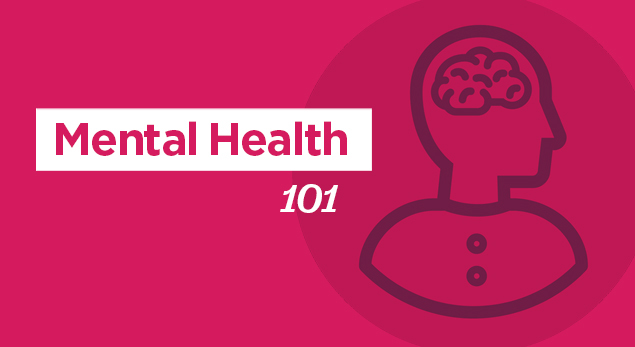Now accepting new primary care patients in Buffalo and Jamestown. Call 716.847.2441 (option 5) or fill out our new patient request form
Exercises to Improve Your Mental Well-Being
May 8, 2020

Just like physical health, mental health is a part of your life that benefits from exercise. We have compiled a few easy ways to work that mental muscle—no equipment needed! Remember: emotion is one of the most basic human experiences. Although it may feel isolating or unique, it is something we all deal with in our own way. We all know the feeling of emotional pain. Managing it takes time and coping skills.
Evergreen Health believes in a holistic approach to health; read more about our mental health counseling. For tips on how to cope during COVID, check out our blog.
Breathing with the Waves
When: Practice when you are feeling overwhelmed, want to connect with yourself or are having trouble falling asleep
How: Breathing in through your nose and out through your mouth, narrate your breath. Say the word “in” as you inhale and “out” as you exhale. Now, picture a wave rising as you breathe and say “in” and crashing to the shore as you say and breathe “out.” Repeat until you feel less distress.
Breathing with Compassion
When: Try this when you are feeling symptoms of depression, anxiety or low self-worth or would like to boost your self confidence
How: Again, this starts with inhaling through your nose and exhaling through your mouth. Next, create a mantra, or guiding message, that will help you with your symptoms. For example, if you are feeling insignificant or ignored, a mantra could be “I am worthy.” For someone who is overwhelmed, a mantra could be “I am strong.” With your inhale, say the first half of your mantra and with your exhale, the second part. Repeat as needed.
Grounding Yourself
When: Try when anxiety is extreme, you have cycling thought patterns or can’t seem to get out of your head
How: There are many simple ways to ground yourself using your environment; here are a few options:
- Describe the environment around you. Where are you? What colors, shapes and objects surround you?
- Describe a common activity in great detail. Step by step go through the process of something familiar like washing dishes or folding laundry.
- Play a categories game. Try to recall as many items that can fit into a category as you can. Another fun way is to arrange it alphabetically. For example, the category could be girl names and you would go through the alphabet: Alice, Betty, Charlotte, Denise…
- Think of a word or phrase and rearrange the letters in it to find as many other words as possible. Fans of scrabble, crossword puzzles and words with friends love this game!
- Imagine a place you find soothing. It can be a family member’s home, a place you went on vacation or somewhere in your imagination. Describe it using your five senses: touch, smell, taste, sound and sight. Use as much detail as possible.
Checking In
When: Try this when you are unsure of your safety: physically, mentally and emotionally. Remember, connecting with your emotions and processing them will make you better equipped to deal with life’s stresses.
How: Check in with your physical, mental and emotional health separately:
- Physical: You are free from harm inflicted by others or yourself. You are not causing harm to others and you are staying out of physically unsafe situations.
- Mental: You do not have harmful thoughts or you are effectively managing harmful thoughts that could otherwise negatively impact your mood. No one is causing you mental harm and you are not causing mental harm to others or the outside world.
- Emotional: You are free of emotional distress or you are managing emotional distress effectively. No one is causing you emotional harm and you are not causing emotional harm to others or the external world.
If you do identify harm, come up with ways to alleviate that stressor. For example, if you or your partner are causing each other emotional distress, talk to them about finding ways to relieve that.
Guided Meditation
When: You would like to be walked through a meditation exercise. These are great for beginners or people who have trouble concentrating during traditional meditations.
How: Guided meditations can be found all over the internet, but YouTube is a great place to look for free resources. Additionally, Headspace, in partnership with Governor Cuomo, created a resource page with free guided meditations and sleep exercises. Try them out here.
If you need to talk with someone and your therapist or counselor is not available, free resources are available. The New York State mental health support number is 844-863-9314 and is open daily 8 a.m. to 10 p.m. For those having thoughts of self-harm, call the National Suicide Prevention Hotline at 800-273-8255 for confidential help 24 hours a day, 7 days a week. Those affected by domestic abuse should call the National Domestic Violence Hotline at 800-799-7233 or text “LOVEIS” to 22522. Remember, you are not alone.